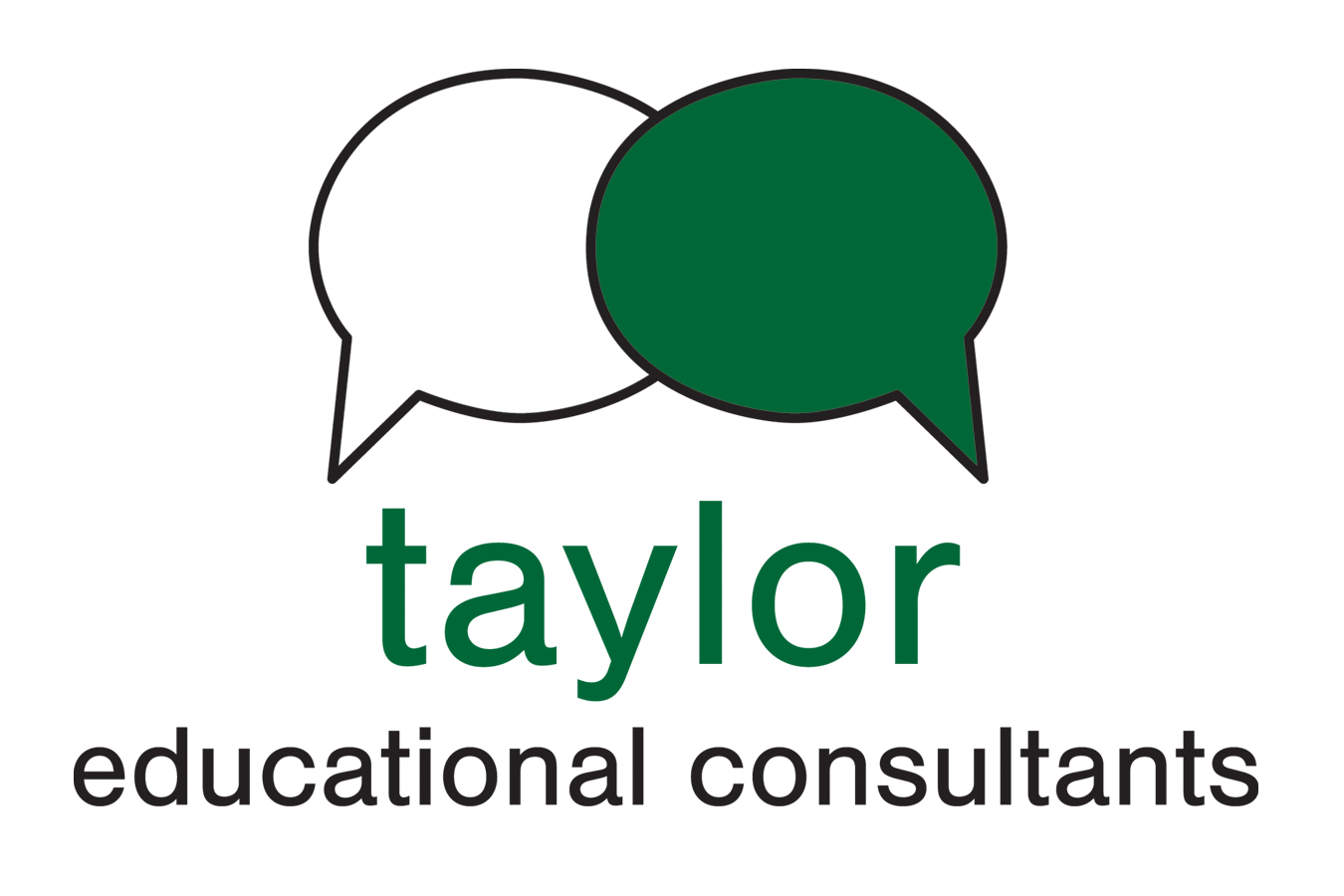PODD
Pragmatic Organization Dynamic Display
PODD (Pragmatic Organization Dynamic Display) is a robust low or high tech communication system modeled by communication partners to assist persons with complex communication needs to communicate their genuine thoughts, ideas, opinions and so much more, via a strategy known as aided language input.
Developed by Gayle Porter, the aim of PODD is to provide vocabulary for communication all the time, across topics, throughout the day for a range of purposes, in whatever multiple environments: home, school and community.
Why
Everyone has a right to communicate
"All people with a disability of any extent or severity have a basic right to affect, through communication, the conditions of their existence." (National Joint Committee for the Communication Needs of Persons with Severe Disabilities, http://www.asha.org/uploadedFiles/NJC-Communication-Bill-Rights.pdf)
All people. No matter the extent or severity of their disability. Every person we come into contact with has the right to communicate. With our knowledge of communication supports comes responsibility to ensure that every person has the means by which to communicate their own thoughts, ideas, opinions, questions, and comments to any other person, at any time.
PODD is one tool in a vast tool box available to everyone that provides a robust and flexible system to meet children's emerging language skill development as well as to allow for growth of their language skills over time, or for adults who are requiring augmentative or alternative communication following the loss of speech.
How
Aided language input and Access to Low Tech and High Tech Systems
Access is key. Communication systems must be available in the environment to allow for quick access to the vocabulary. Whether an aided language display for bathing is hung on the wall in the bath, a PODD book worn about the body or a speech generating device (SGD) like an iPad with PODD for Compass, the tools must be utilized as often as possible for the children learning the language to see how it can be used to convey their own important messages and for adults to continue to communicate in their social circles.
The practice of aided language input happens when a speaking partner points to symbols on a page while the speaking the words represented by the symbol. This practice shows how this language can be "spoken" in naturally occurring events throughout the day. As children who develop spoken language have been immersed in spoken language for years prior to speaking, children who are learning aided language must be immersed in the language they will be using as they grow, throughout the day. As adults acquire this "new" language, their partners can support the learning by provided aided language input in the home, work or community settings.
Speaking communication partners who consistently refer to the alternative/augmentative form of communication (aided language display, communication book or SGD) are building the foundation for autonomous communication for the individual for whom it is designed.
More modeling of the communication system throughout the day in naturally occurring activities equals more language development over time. There can never be too much modeling!
What
Pragmatic Organization Dynamic Display (PODD)
PODD communication books are designed to introduce language at an early age while children are typically learning what language is and how it works. As children grow in their language skills, so do the PODD books. Early language skills are developed in the one-page opening books which introduce language functions (questions, comments, opinions, etc). Language skills are developed in subsequent books (2-page opening) that are designed to build on the syntax of our language, eventually leading to the "adult form" of language.
PODD communication books can also support the communication needs of adults who have experienced the loss of speech.
The design of each book follows a predictable pattern so that once a motor plan is learned it can be repeated in subsequent books.



